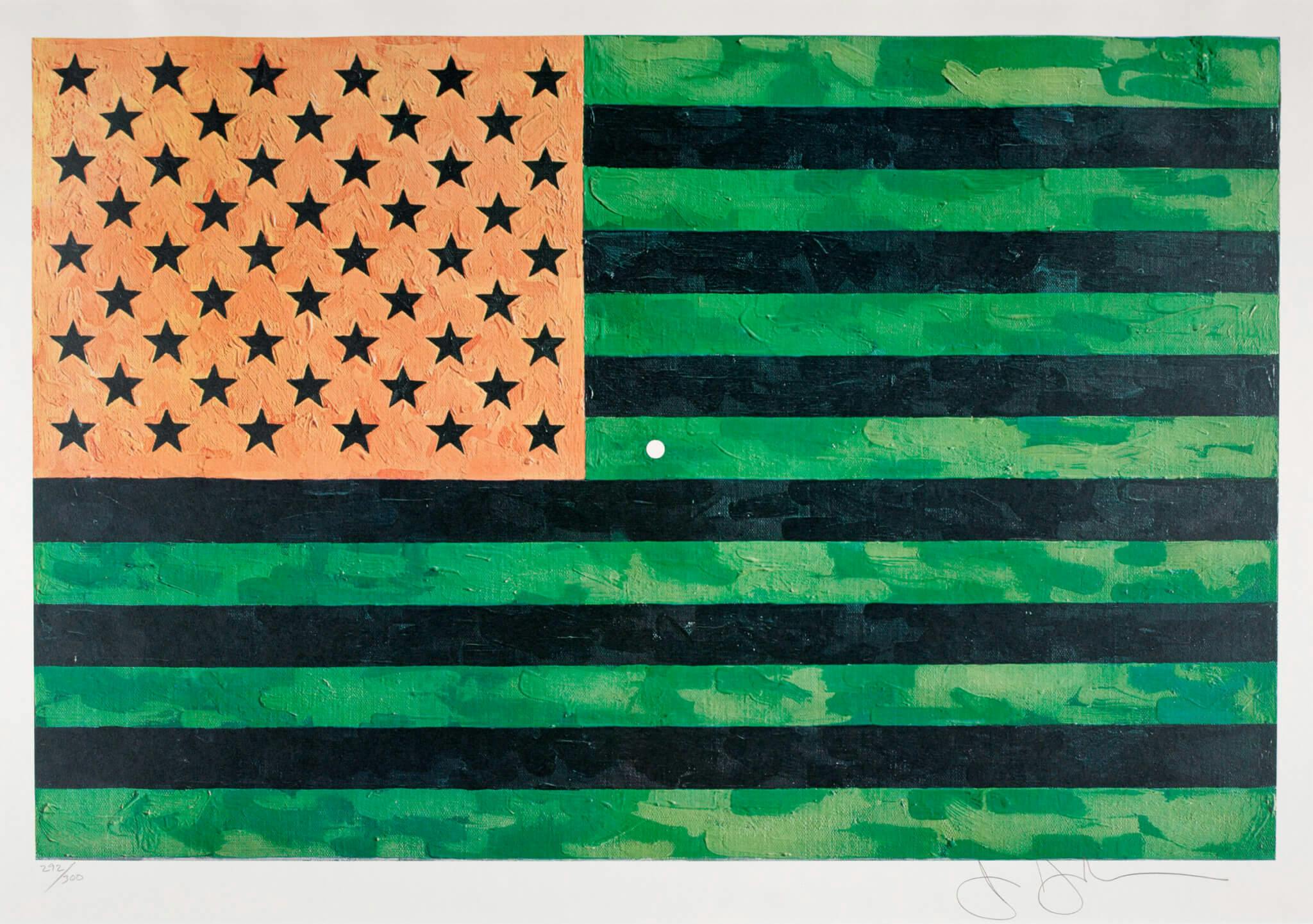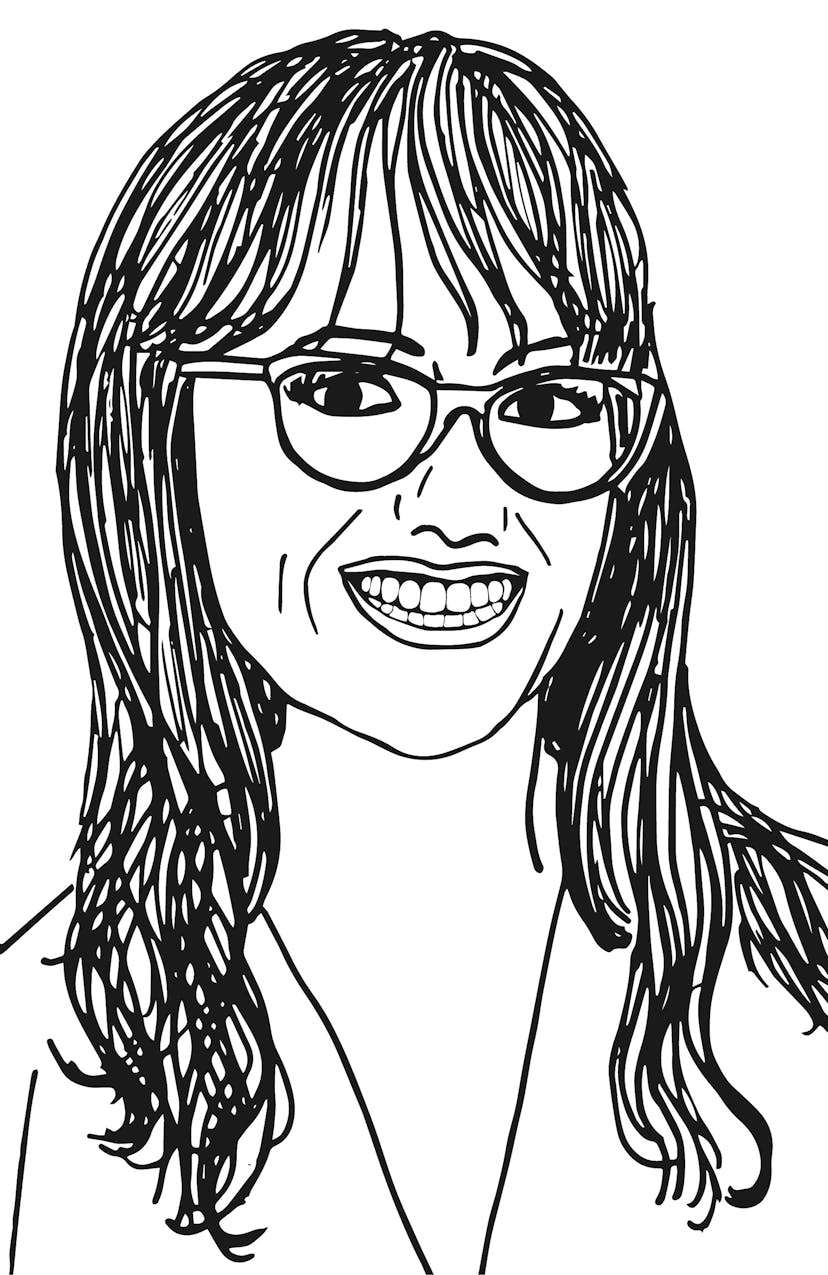Pop quiz: Name one of the writers of the Federalist Papers. How many amendments does the Constitution have? What territory did the United States buy from France in 1803? Who was president during World War I? These questions and ninety-six others form the test bank for the civics portion of the US naturalization test. Aspiring citizens are asked up to ten questions and must answer six correctly to pass. One poll suggests two-thirds of Americans would flunk.
It’s a lot to learn, and yet, with only one hundred questions spanning centuries of history, the nuts and bolts of US government, the rights and responsibilities of citizens, and a smattering of geography and flag factoids, there’s also a lot that’s left out. For starters, of the twelve historical figures mentioned on the test, all but one (Susan B. Anthony) are men and all but one (Martin Luther King Jr.) are white. “It’s a very strange portrait of American history that you get through these questions,” says Hannah Gadway, a junior at Harvard and a member of the Ho Family Student Guide Program at the Harvard Art Museums (HAM). “There are humongous gaps.”
Gadway has helped create a free ten-week course for locals preparing for the test, one that aims to use art at HAM to paint a fuller picture of American history and civic life. Co-led by educators from Dorchester’s St. Mark Community Education Program, which provides English and civics classes as well as support services for immigrants, the course launched in fall of 2022 but started taking shape in 2019, when student guides Paul Tamburro and Laura Murphy approached HAM student program manager Camran Mani and his colleagues with a question. “They were both volunteering teaching citizenship classes at other places,” Mani recalls. “And they both had this light bulb that went off: What if we could involve the museums in this teaching and base these lessons off works of American art?”
A few initial field trips with participants from the St. Mark program solidified interest in developing a full ten-week course at HAM. That’s when Gadway got involved. With Mani’s help, she spent the summer of 2022 researching and selecting works from the museums’ collection of a quarter of a million objects. The resulting syllabus features works that student guides can use to deepen conversation about the test’s content. “One of the questions, for example, is about the Louisiana Purchase in 1803, and that’s the only time the test talks about westward expansion,” Gadway explains. “It makes you want to provide the context.”
The class can delve into that context by discussing a 1863 painting by Albert Bierstadt titled Rocky Mountains, “Lander’s Peak,” which shows clouds parting to beam beatific light over a landscape that doesn’t actually exist—it’s a composite image based on sketches Bierstadt made on a US government survey expedition, during which he also met and sketched Shoshone people who lived in this area but are absent from the scene. “It’s this majestic, semi-fantastical vision of an unpopulated American West,” Mani says. “So the student guides who teach that class will talk about how this painting was made during the Civil War as a kind of advertisement for western expansion, but also that you have to look at what you’re not seeing, which is the Indigenous people. This was key to selling the idea that this land was basically just there for the taking.”
The course takes participants into multiple spaces around the museum, and this fall, those spaces included the third floor’s University Study Gallery, where installations typically complement courses from a range of Harvard departments. Gadway has organized a special installation there in support of the citizenship course, gathering more than twenty works that connect with content from the test, some of them works on paper too delicate for long-term display. On view through December 30, it showcases everything from cartes de visites of Lincoln and his cabinet to Jasper Johns’s 1969 lithograph Flag, commissioned to commemorate marches against the Vietnam War and printed in colors evoking Agent Orange, army camouflage, and funereal black.
The organizers know that gallery spaces like this one don’t always feel welcoming to everyone. In fact, Mani draws parallels between the museum and the courthouse where the citizenship test is administered. “You go to the Moakley Courthouse in Boston, which is a very intimidating institutional setting. And so we thought the museum could be a great place to sort of break that ice,” he explains. “The Harvard name is intimidating, and then architecturally it’s sort of intimidating. So if we could get people to be comfortable in the museum, to treat it as their classroom, they’d be well prepared for that comparable institutional setting.”
Gadway has gotten to see that ice break and hear lively conversation flow—as in a discussion about Charles Willson Peale’s gigantic 1784 portrait of George Washington, which had participants talking about how leaders are portrayed in their own countries of origin. “It really got through the idea that you can talk about art in all these different ways and bring your own perspective; it doesn’t have to be stuffy at all,” Gadway says. “That really made me happy.” And she and Mani were both happy to hear from a former participant who’s since become a citizen and returned to HAM for the first meeting of this fall’s class. “She wanted to say hi to the teachers but also was eager to be seen by the other students, to confirm that they can get through this,” Mani says. “And then she met with two other friends from the citizenship class at the café. They had made friends through the class, and that to me was an incredible success.”
Mani has taken his own lessons from the course. “We’re really paying attention to how the museum needs to change in order to accommodate and be valuable to audiences it hasn’t been reaching,” he says, noting that might include rethinking labels and tours to welcome visitors who aren’t fluent in English. He adds that he’s now “totally obsessed” with the subject of citizenship in the context of art history. “When you look at the label on any work of art in the museum, it’ll tell you nationality, but it doesn’t tell you their citizenship,” he notes. “Like with some of the Bauhaus artists who came to the United States, the label says ‘American,’ but there’s actually a process there. I think we’re still just at the very beginning of thinking about citizenship as an issue in the history of art.”
The course—which HAM plans to offer again in the spring and each semester as long as there’s interest—is designed to adapt as works come into and out of view. The naturalization test evolves, too. The Trump administration made the test tougher in 2020. The Biden administration reinstated the previous version in 2021 and began trials for a multiple-choice version of the civics test with new items this year. The trials also include proposed changes to the English-speaking portion of the test: instead of asking aspiring citizens about their responses to Form N–400 of the naturalization application, officers would ask them to describe three color photographs depicting everyday scenes. Looking closely at a picture and talking about it—something participants in this program will have had plenty of practice with.



